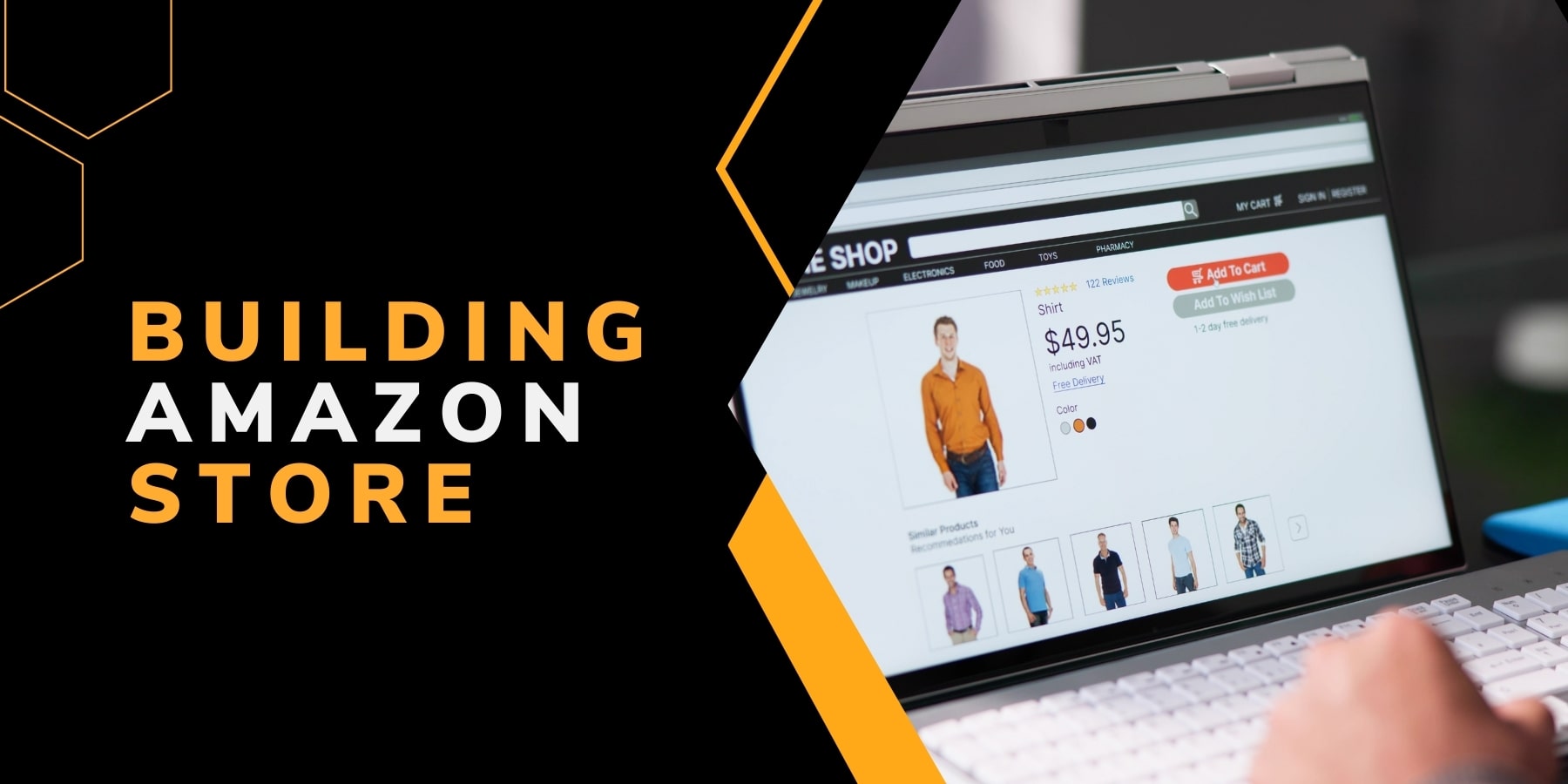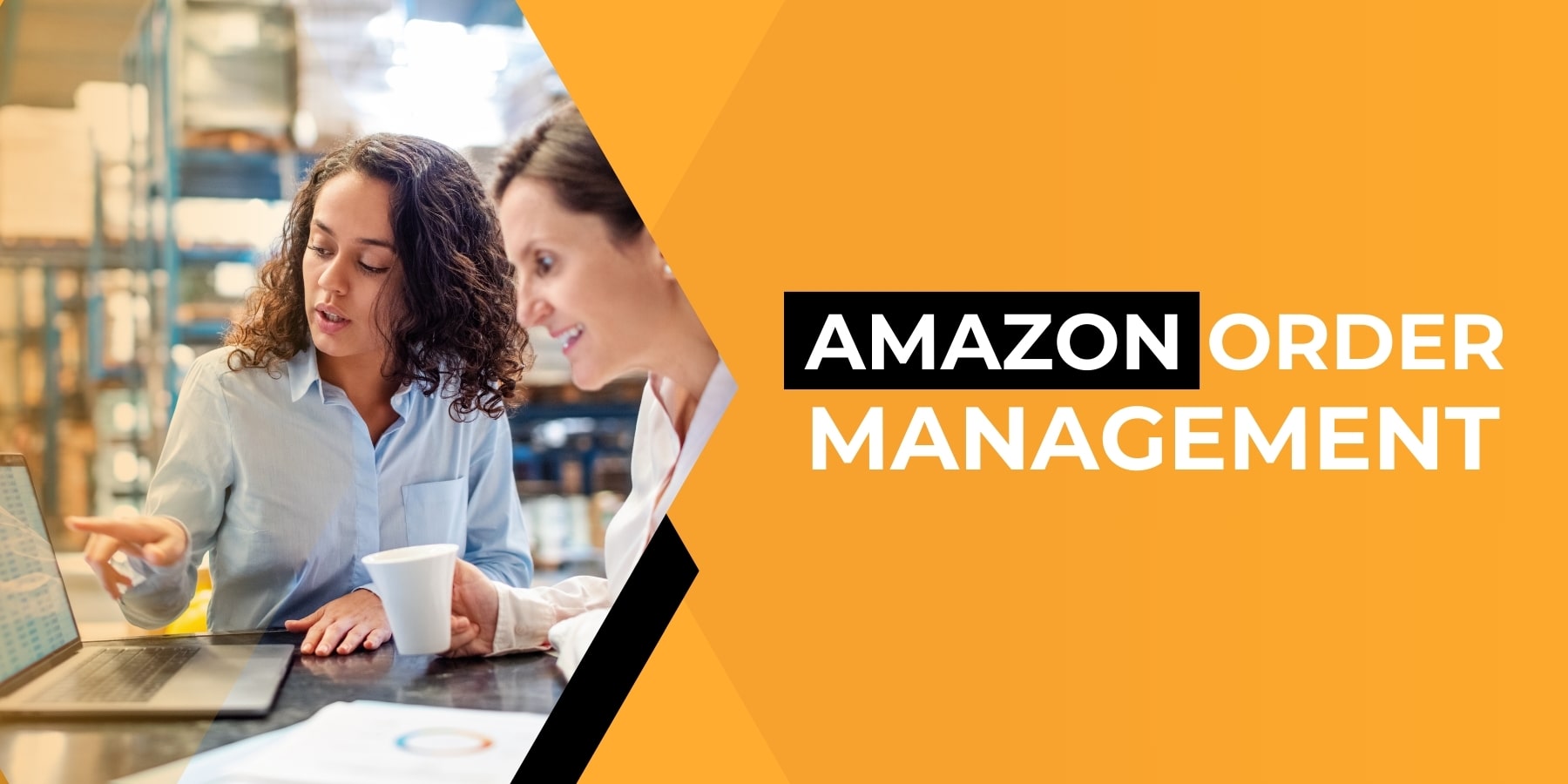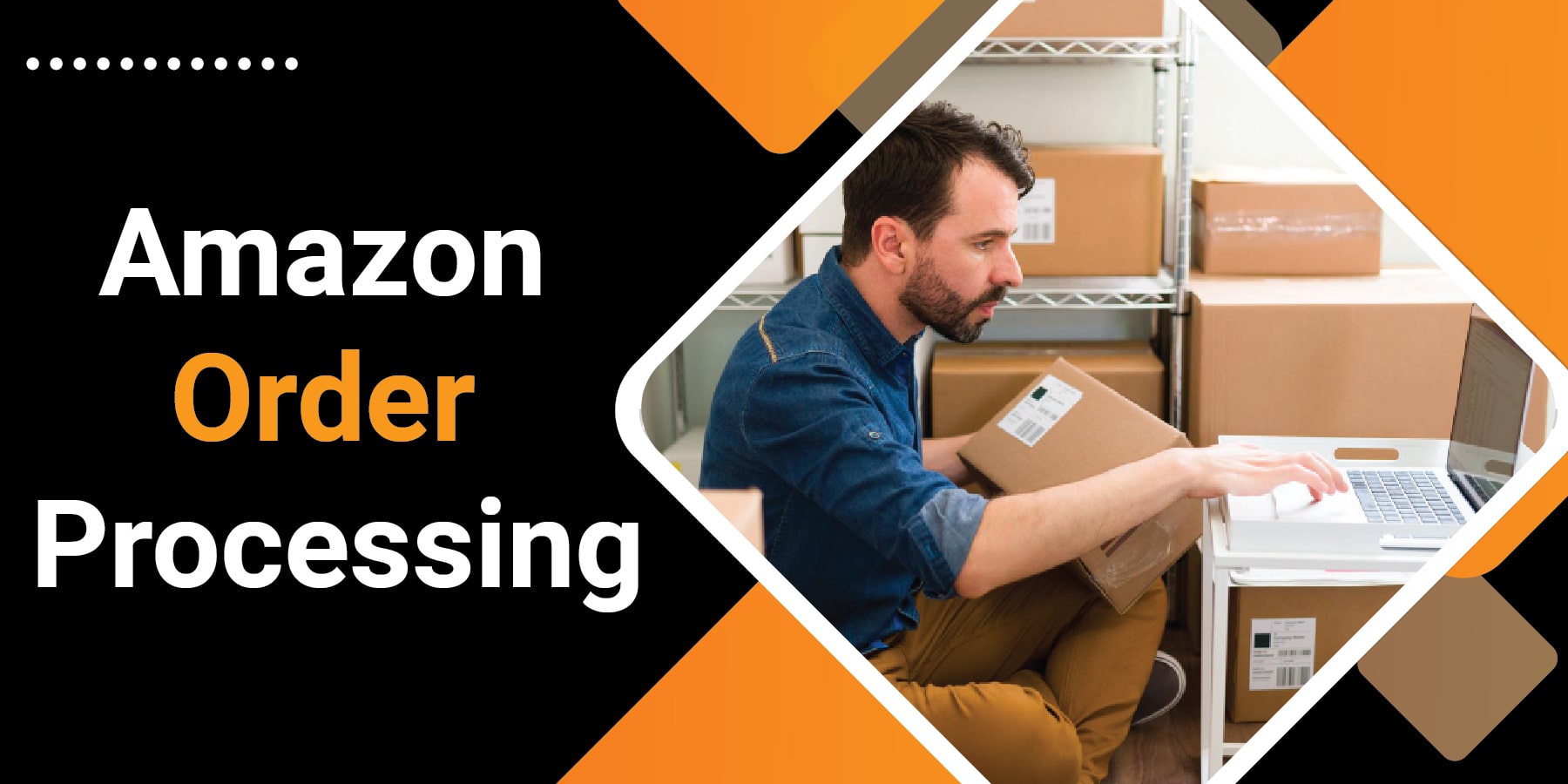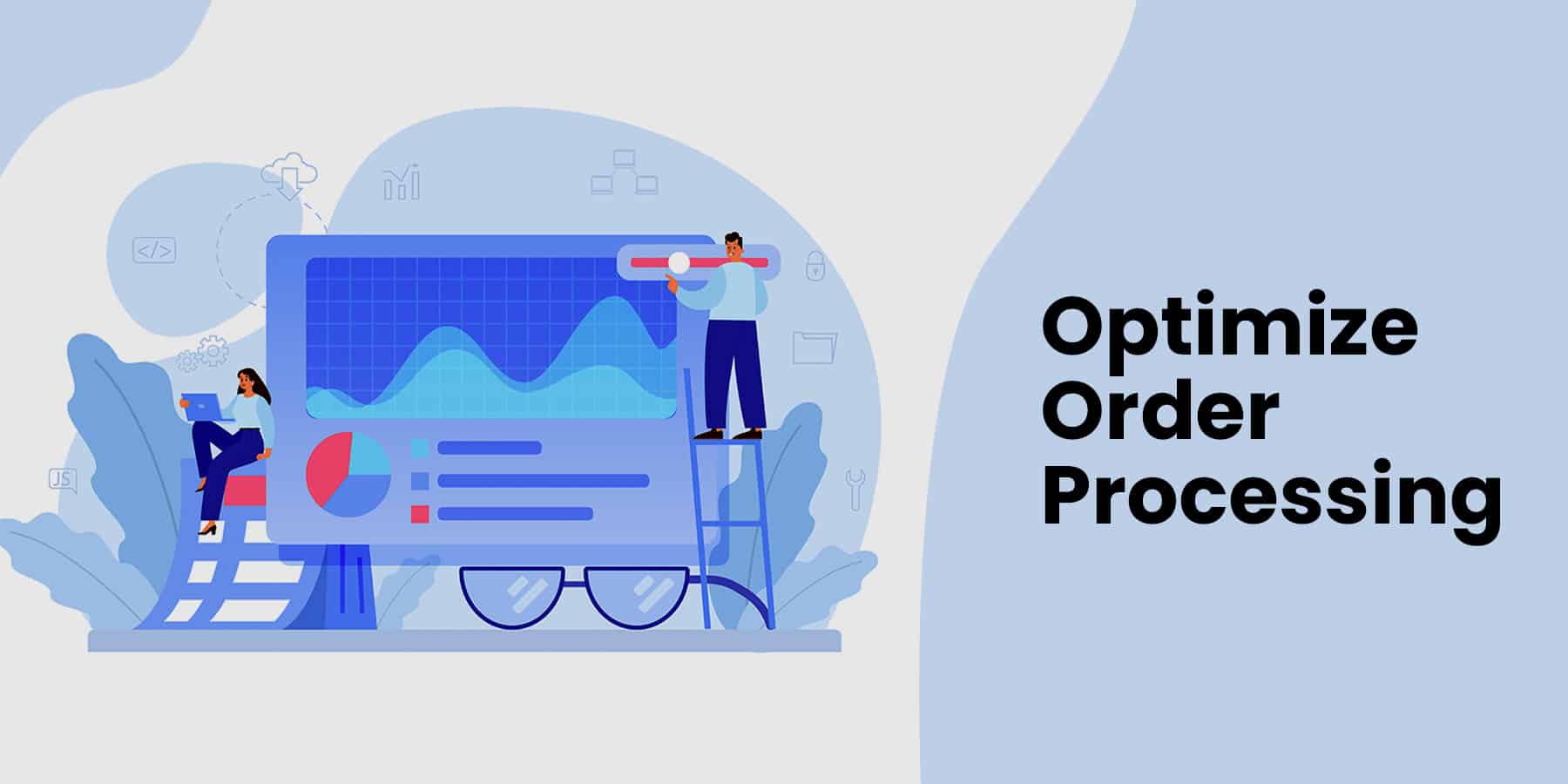Navigating the Amazon Marketplace can feel like exploring a vast, intricate jungle, teeming with opportunities yet fraught with challenges. As someone who has journeyed through the nuances of setting up and managing successful Amazon stores, I've gleaned insights and strategies that have propelled my ventures to new heights.
This exploration has not only been about selling but also about understanding the ecosystem of Amazon's marketplace, mastering the art of visibility, and ensuring customer satisfaction. Here, I will share my journey and the steps I took to build a winning Amazon Marketplace store, guiding you through the process from inception to growth.
Understanding the Amazon Ecosystem
Before diving into the mechanics of setting up a store, it's crucial to grasp the Amazon ecosystem. Amazon isn't just a marketplace; it's a battlefield where only the most prepared and savvy sellers thrive. The platform offers unparalleled access to a vast customer base, but it also demands excellence in operations, customer service, and marketing.
- Market Research: Conduct in-depth market research to identify niches with high demand and low competition.
- Amazon's Policies: Familiarize yourself with Amazon's seller policies to ensure compliance and avoid potential pitfalls.
7 Steps to Setting Up Your Amazon Marketplace Store
As an experienced Amazon seller and a provider of Amazon seller account management services, I've learned a thing or two about what it takes to build a successful Amazon Marketplace store. It's not just about listing your products and waiting for the sales to roll in. It requires strategic planning, meticulous execution, and continuous optimization. Here are my seven steps to building a winning Amazon Marketplace store.
1. Understand the Amazon Marketplace
Before you dive into selling, it's crucial to understand how the Amazon Marketplace works. Amazon is a competitive platform with millions of sellers vying for customer attention. According to Marketplace Pulse, there were over 6 million sellers across all Amazon marketplaces in 2020. Understanding the platform's rules, fees, and seller best practices is the first step towards success.
2. Choose the Right Products
Product selection is a critical aspect of your Amazon business. It's not just about selling what you like, but about identifying what customers want and need. Use Amazon's Best Sellers list, customer reviews, and keyword research tools to identify high-demand, low-competition products.
3. Create High-Quality Listings
Once you've chosen your products, it's time to create your listings. High-quality listings are essential for attracting customers and convincing them to buy. This includes high-resolution images, detailed product descriptions, and compelling sales copy. As part of my Amazon management services, I often help sellers optimize their listings for maximum impact.
4. Optimize for Search
Amazon is not just a marketplace; it's also a search engine. This means you need to optimize your listings for relevant keywords to ensure they appear in customer searches. Amazon SEO is a complex field, but it can significantly impact your store's visibility and sales.
5. Manage Inventory Effectively
Inventory management is another critical aspect of running a successful Amazon store. Running out of stock can lead to lost sales and damage your seller reputation. On the other hand, overstocking can tie up your capital and lead to storage fees. Effective inventory management is a delicate balancing act.
6. Provide Excellent Customer Service
Customer service is a key differentiator on Amazon. Providing prompt, helpful responses to customer inquiries can boost your seller rating and increase customer loyalty. Many sellers choose to outsource this aspect of their business to an Amazon marketplace management service to ensure they're providing the best possible service.
7. Monitor and Optimize Your Performance
Finally, it's important to continuously monitor and optimize your store's performance. This includes tracking sales, monitoring customer feedback, and adjusting your strategies as needed. Amazon provides a wealth of data that you can use to improve your store and increase your sales.
Key Takeaways
In summarizing our guide on building a successful Amazon Marketplace store, here are three essential insights:
- Strategic Planning: Understanding Amazon's ecosystem and aligning your business model with it is crucial.
- Expert Partnerships: Collaborating with experts, like Amazon management services, can enhance your store’s performance.
- Continuous Optimization: Regularly refine your listings and stay updated with Amazon’s evolving marketplace for sustained success.
Join the conversation in the comments or on our social media channels: Facebook, Instagram, and Linkedin. Let's share experiences and insights to grow together on Amazon.
















